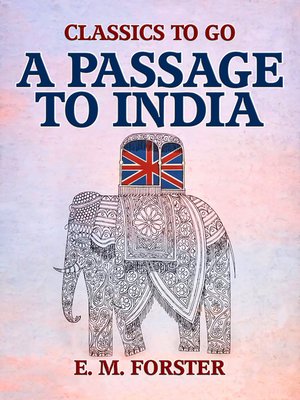

By the time we get to the events in the novel, the movement for Indian independence is gaining momentum, and it dominates the lives of the characters. British India, also called Anglo-India and the British Raj in the novel, consisted of areas that were administered directly by the British government (where fictional Chandrapore is located) and princely states that had a high degree of autonomy (where Mau is located, most likely the one in central India). But it wasn't until 1858 that Britain made India an official colony. This was done primarily through the British East India Company.

As trade increased, so did the British interest in establishing their holdings in India to maximize and eventually monopolize their trade with the region. At the time, India was made up of independent, mainly Hindu states in central and southern India, and the Islamic Mughal Empire in the north. (Here's a place to download some mood music.) The British presence in India began in the 16th century, spurred by the market for tea, spices, and textiles. To get the subtext, it might help to have some knowledge of Indian history, so take a deep breath – we're going to try to get through three hundred years of Indian history in few paragraphs. Random words seem to be super loaded, and characters seem to get mad at each other over nothing. If you're unfamiliar with Indian history, reading the novel may feel a bit like eavesdropping on a conversation between strangers. While Forster doesn't specify a particular year, critics generally agree that the novel takes place at some point in the early decades of the 20th century while India was still a colony in the British Empire. The first two parts of Forster's A Passage to India are set in the fictional city of Chandrapore, India, with the third part taking place in Mau. 1910s or 1920s Chandrapore, India and Mau, India


 0 kommentar(er)
0 kommentar(er)
